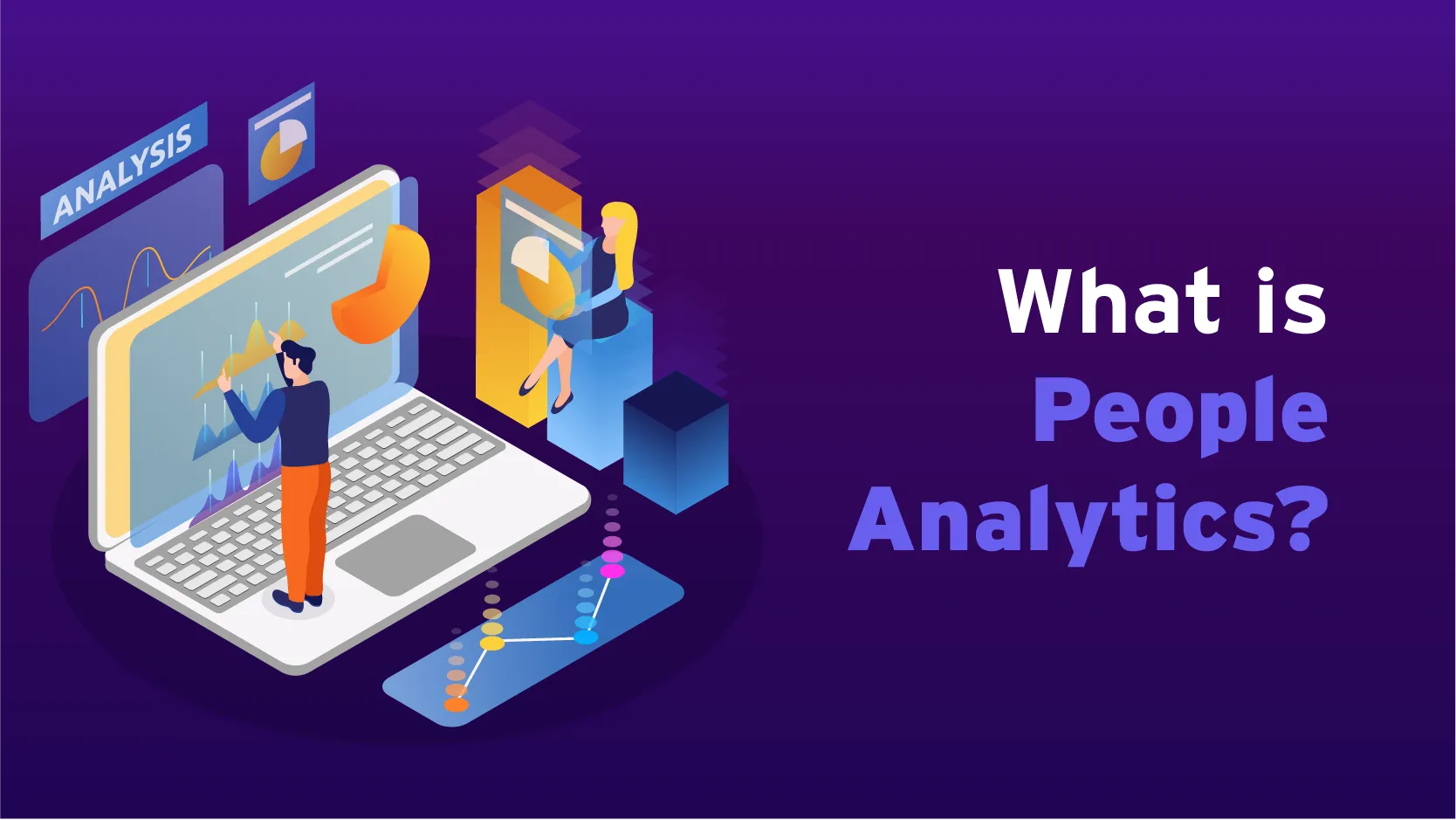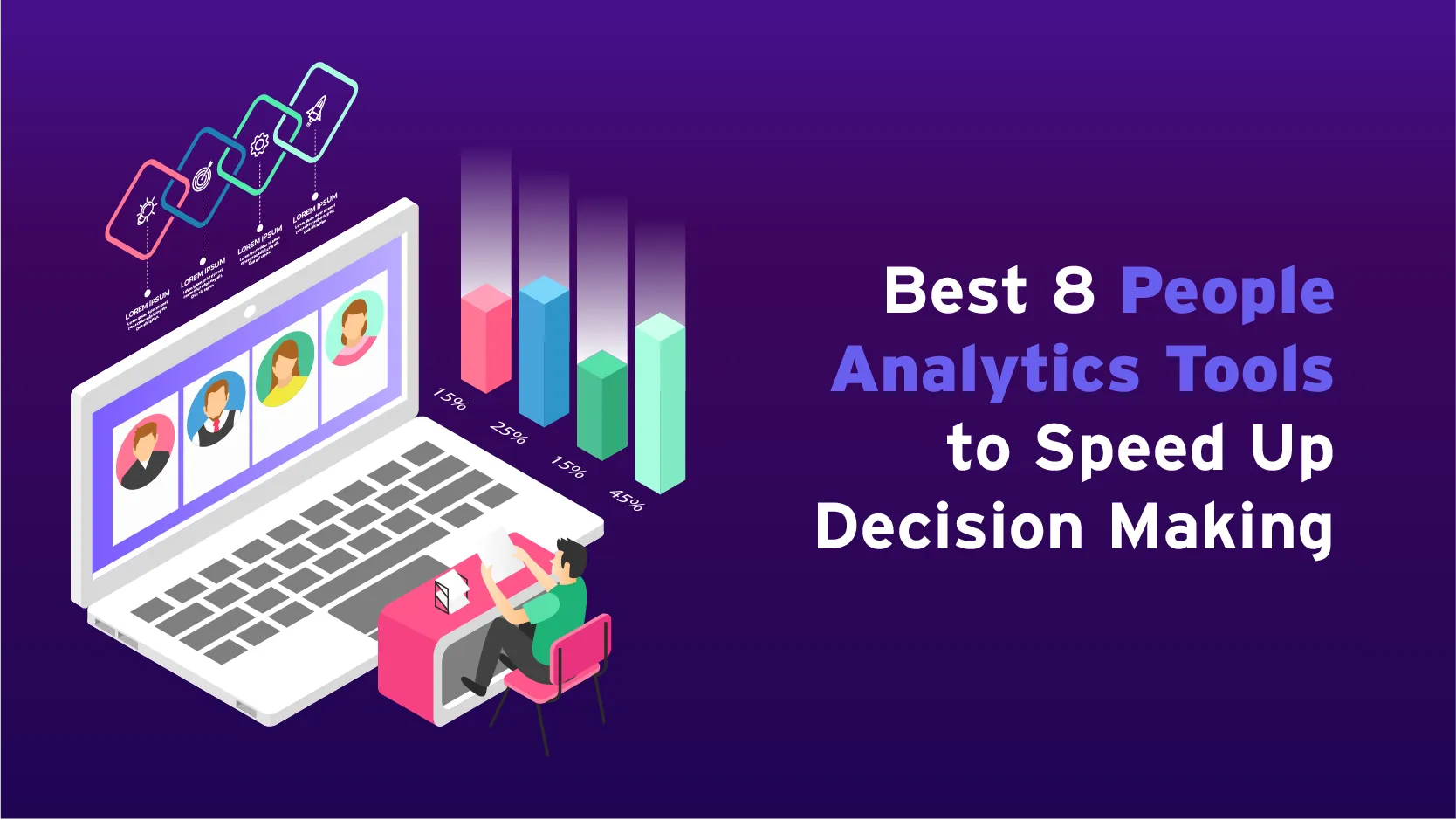A lot of organizations struggle when it comes to making smart decisions about their workforce. They often rely on subjective assessments and outdated methods, which isn’t the best way to go. This lack of data-driven insights really holds them back from getting the most out of their talent acquisition, employee engagement, performance management, and succession planning.
But here’s where people analytics, also known as HR analytics or workforce analytics, comes in. It’s a game-changer when it comes to managing people. By using advanced data analytics techniques, organizations can dig deep into the heaps of employee-related data they generate and uncover some seriously valuable insights. This article discusses the top eight analytics tools you can use to make informed hiring decisions.
What is People Analytics?
 People analytics, also known as HR analytics or talent analytics, is all about collecting and analyzing data on employees and the workforce. The goal is to get valuable insights that help make data-driven decisions and improve business outcomes.
People analytics, also known as HR analytics or talent analytics, is all about collecting and analyzing data on employees and the workforce. The goal is to get valuable insights that help make data-driven decisions and improve business outcomes.
Basically, it means using stats, data interpretation techniques, and fancy tools to gather and assess info about people from different sources like HR systems, employee surveys, performance metrics, and outside data.
By diving into people analytics, organizations can make smart choices when it comes to hiring talent, developing employees, managing performance, and handling other HR stuff. And guess what? This leads to better productivity, happier employees, and overall success for the whole organization. So it’s a win-win situation!
Also Read : What is People Analytics and How Does Benefit Business?
Best 8 People Analytics Tools to Speed Up Decision Making
 1. Deel
1. Deel
Deel analytics will help you understand employee turnover, optimize your hiring process, and improve employee onboarding. Deel’s platform allows global hiring, global payroll, and global compliance, integrated with finance, legal, and hiring tools, to effectively manage a decentralized workforce.
2. Google Tableau
It is mainly a data visualization tool that aids in descriptive analytics by helping to parse the data, identify trends, and display information visually. They are great tools to communicate the change over a while and report progress towards key performance indicators. It helps in analyzing data for HR analytics.
3. Crunchr
Crunchr is a people analytics platform that offers rich metrics for each stage of the employee lifecycle. Filter, compare, and drill down to gain insights into metrics. Crunchr also uses storytelling and context features to demonstrate how HR analytics can play a vital role in businesses.
4. Paycor
Paycor is a human capital management platform that boasts a comprehensive HR analytics suite. Leveraging data from payroll, attendance, and benefits, Paycor delivers workforce trends insights that can be leveraged to enhance HR decision-making, pinpoint training and development requirements, and monitor employee engagement. Paycor delivers multiple visualization tools to support data evaluation.
5. Sisense
Sisense Analytics is a well-established analytics platform with extremely powerful artificial intelligence (AI) capabilities and rich reporting options. The platform provides powerful data modeling and visualization, along with easy exploration and analysis of the most complex human data.
Sisense AI-powered algorithms help organizations derive X-ray values, detect anomalies and patterns, and make smarter decisions. With an intuitive dashboard and easy-to-use interface, Sisense enables companies to better understand their employees, streamline HR processes and functions, and deliver success for their organizations.
6. Visier People
Visier People is an excellent HR analytics tool that uses AI to offer superior services. Some of the features offered by this tool include predictive analytics, workforce planning, and employee engagement analysis.
Visier People uses sophisticated algorithms to provide accurate and valuable insights into an organization’s workforce so that they can effectively manage talents and make the right decisions regarding talent acquisition, retention, and development. Featuring an easy-to-use interface and powerful analytics, Visier People assists organizations to streamline their HR programs and drive outstanding business performance.
7. Orgnostic
Orgnostic empowers HR and business leaders to craft engaging stories driven by people analytics. By bringing together visualizations, interactive dashboards, and storytelling, Orgnostic makes it possible for organizations to demonstrate the value of HR analytics and its positive impact on business results.
This unique approach closes the loop between data and actions and truly empowers businesses to make better decisions and drive change by developing attractive and meaningful narratives around their people strategies.
8. One Model
As its name implies, One Model offers a singular solution for people analytics. It provides the broadest range of tools and capabilities and integrates data from multiple HR systems to provide a single source of truth for workforce metrics and support advanced organizational analysis. One Model includes data visualization, predictive analytics, and benchmarking as core features, not after-thoughts.
By taking a comprehensive approach to talent measurement and planning, businesses can focus on their future talent needs and evaluate their performance against key business objectives with fact-based analytics. From talent pipeline reporting to skills gap analysis and workforce optimization, One Model provides the broadest set of capabilities to improve business performance.
Final Takeaway
In recent years, people analytics has come to the fore as an effective means of unlocking the true potential of a workforce. By providing organizations with the facility to make data-driven decisions and optimize talent management practices, the strategic implications of people analytics can prove to be truly transformative. Actionable insights derived from clear and accurate analytics can help organizations maintain a competitive edge while simultaneously encouraging a culture of innovation and sustained enhancement.

































